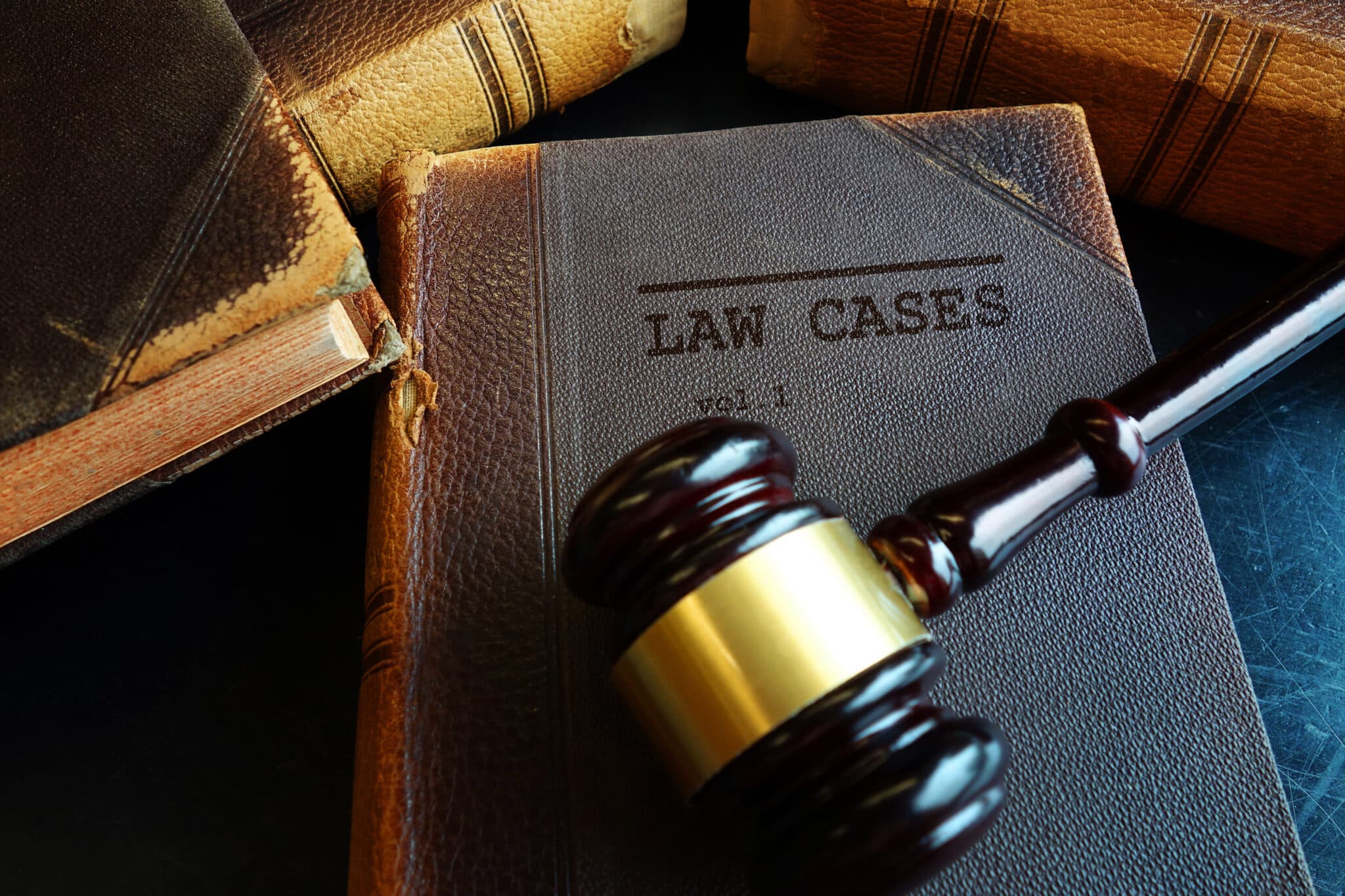Leading Federal Appeal Attorneys: Your Companions in Browsing the Appeals Refine
Leading Federal Appeal Attorneys: Your Companions in Browsing the Appeals Refine
Blog Article
Debunking the Refine of Federal Appeals: What You Required to Know
Browsing the intricate realm of federal charms can commonly appear like going across undiscovered waters for those not familiar with the process. Understanding the nuances of appellate court jurisdiction, the intricacies of filing a notice of appeal, presenting a compelling brief, and making a persuasive oral argument are vital components that can significantly impact the outcome of an instance. By unraveling the layers of intricacy bordering government charms, individuals can acquire a clearer insight into the devices that control this essential stage of the legal system.
Comprehending Federal Appeals Process
Exploring the elaborate realm of the government appeals procedure introduces a organized and systematic trip with the judicial system. Federal appeals function as an essential mechanism for assessing choices made by lower courts. Understanding this procedure is vital for anybody associated with lawful procedures at the federal level.
The procedure usually begins with an event dissatisfied with a reduced court's judgment filing a notification of appeal. This causes an evaluation by a higher court, where a panel of courts evaluates the lawful disagreements presented by both events. Briefs describing the lawful reasoning behind each event's setting are sent, and oral debates may be heard to clarify intricate issues.
The appellate court's decision is based on a comprehensive examination of the reduced court's process and the debates provided. Once the appellate court reaches a choice, it can verify, reverse, remand, or change the reduced court's ruling, giving clearness and finality to the legal disagreement.
Appellate Court Territory Discussed
Appellate court jurisdiction refers to the range of cases that a specific appellate court has the power to decide and examine upon. Unlike test courts that listen to situations for the initial time, appellate courts are limited to assessing decisions made by lower courts.
Appellate courts have territory over specific sorts of instances, usually those entailing legal errors, step-by-step concerns, or questions of legislation instead than factual conflicts. The territory of appellate courts is usually described in statutes and regulations that govern the court system. Understanding appellate court jurisdiction is critical for parties included in the charms procedure as it determines whether a case is eligible for evaluation and the level to which the appellate court can interfere in the reduced court's decision.
Filing a Notice of Charm
The preliminary action in starting the government allures procedure involves filing a Notice of Appeal with the suitable appellate court. This vital paper officially alerts the court and the various other events entailed in the case that the appealing party intends to seek a review of the reduced court's choice. Submitting a Notification of Allure is a rigorous step-by-step demand that establishes the appellate procedure in activity.
When preparing the Notice of Appeal, it is necessary to ensure conformity with the particular regulations and guidelines of the relevant appellate court. federal crime lawyer. The paper needs to normally include information such as the case name, the reduced court's name, the day of the judgment being appealed, and a succinct statement indicating the premises for the charm

Instruction and Oral Disagreement
In the appellate procedure, presenting composed briefs and taking part in oral disagreements play crucial roles in promoting for the appealing celebration's setting prior to the appellate court. Briefs are comprehensive legal papers that outline the celebrations' disagreements, lawful authorities, and analysis supporting their settings. These created entries provide the court with an in-depth understanding of the realities of the case, the relevant legislation, and why the appealing celebration thinks the reduced court's decision should be reversed.
Complying with the entry and testimonial of the briefs, dental arguments provide the celebrations a chance to more clarify their placements, resolve any questions the appellate judges may have, and highlight bottom lines from their composed briefs. Dental disagreements are a possibility for the lawyers to encourage the courts with spoken campaigning for and actions to questions from the bench.
Both the created briefs and dental disagreements are critical parts of the appellate procedure, permitting events to provide their situation completely and compellingly before the appellate court. - federal crime lawyer
Getting the Appellate Court Decision
Upon completion of oral debates and entry of composed briefs, the next critical phase in the appellate procedure entails waiting for the definitive ruling from the appellate court. This duration of expectancy can be filled up with a mix of stress and anxiety and hope for parties associated with the charm. The appellate court's decision is generally delivered in a created style and describes the court's conclusions on the lawful problems presented, the reasoning behind their choice, and the judgment made. The time structure for getting the appellate court's decision can differ, yet courts aim to provide prompt resolutions. When the decision is released, celebrations must meticulously examine the court's ruling to recognize the result and determine any kind of additional actions that might be required. Whether the appellate court affirms, reverses, or remands the reduced court's decision, recognizing the ramifications of the judgment is important for all parties associated with the appellate process. As a result, quickly assessing and comprehending the appellate court's choice is important in browsing the next actions in the lawful procedures.
Conclusion
Comprehending the appellate court territory, filing a notice of allure, preparing briefs, and providing oral arguments are all essential elements of this procedure. Inevitably, obtaining the appellate court choice can give clearness and resolution to legal disagreements.
As we progress from understanding the federal allures procedure to studying the complexities of appellate court jurisdiction, a fundamental aspect comes to light regarding the authority and restrictions of these greater courts in the legal landscape. Appellate court jurisdiction refers to the extent of situations that a specific appellate court has the power to determine and examine upon. Unlike trial courts that hear instances for the very first time, appellate courts are limited to assessing choices made by lower courts. Recognizing appellate court territory is important for parties entailed in the charms process as it establishes whether a situation is qualified for evaluation and the extent to which the appellate court can interfere in the lower court's choice.

Report this page